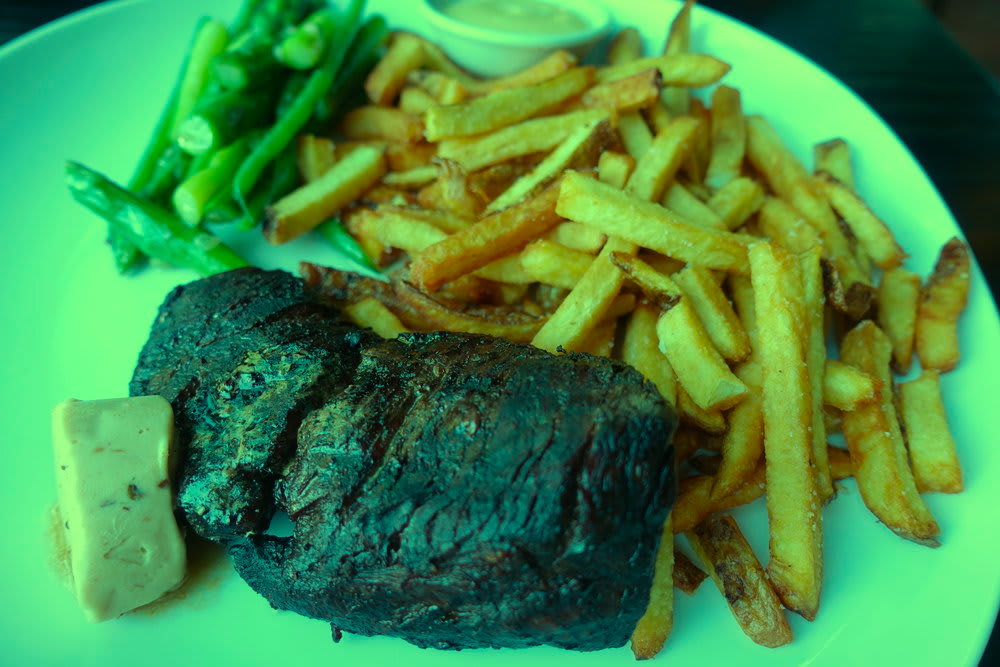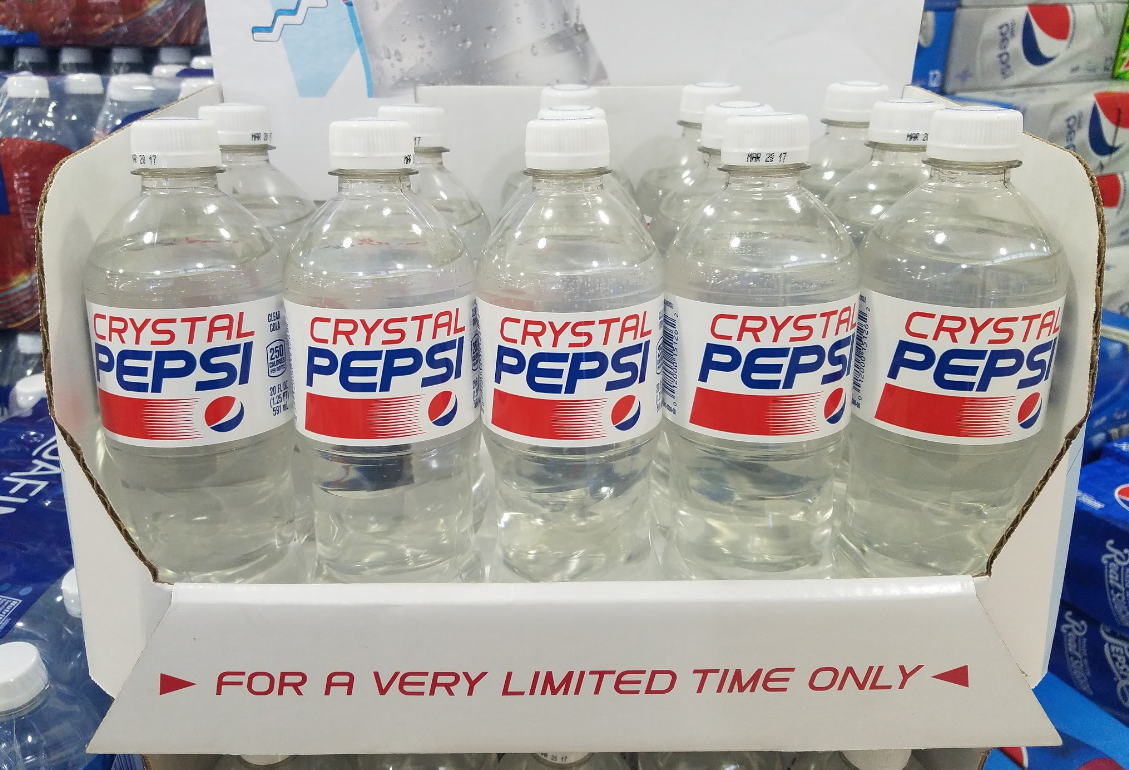It is no secret that the way food looks has a drastic effect on our willingness to eat it; it is why top chefs spend so much time perfecting the presentation of their plates, and food companies spend so much money on the visual appearance of their products. However, how big a role does “color” in particular play on our perception of taste?
Brighter Orange = Sweeter Taste
The study, published in the Journal of Consumer Research, found that the color of a beverage greatly influenced how people interpreted its taste, even more so than the actual sweetness of the beverage.
The researchers manipulated orange juice by changing color (with food coloring), sweetness (with sugar), or by labeling the cups with brand and quality information. They found that though the brand name influenced people's preferences for one cup of juice over another, labeling one cup a premium brand and the other an inexpensive store brand had no effect on perceptions of taste.
In contrast, the tint of the orange juice had a huge effect on the tasters' perceptions of taste. Given two cups of the same orange juice, with one cup brightened with food coloring, the members of the researcher's sample group perceived differences in taste that did not exist, and much preferred the brightened samples. However, when given two cups of orange juice that were the same color, with one cup sweetened with sugar, the same people failed to perceive taste differences, hence proving that color is even more important than the actual flavor!

Blue Steak and Green Fries
During a past experiment, people were served an oddly tinted meal of steak and French fries that appeared normal beneath colored lights. Everyone thought the meal tasted fine until the lighting was changed. Once it became apparent that the steak was actually blue and the fries were green, some people became ill. (Experiment recounted from the book: Fast Food Nation)
This reaction is generally attributed to our instinctual aversion to certain colors of food, blue and purple chief among them. Since these colors do not occur very often in natural foods, and in fact are sometimes associated with spoiled, moldy food, we have an expectation that foods of this color will not taste very good or will be bad for us, although there are exceptions, of course.
On the opposite end of the spectrum, certain colors enhance our enjoyment of food because we have linked the taste of a food with a color, even if it differs from that food’s natural color. A prime example of this is butter, which in its original state can be nearly white, but for commercial purposes is dyed yellow because it is seen as more appealing.

Seeing Crystal, Tasting Brown
While food companies know that consumers can be influenced by the intentional use of dyes to make food more appetizing, there have also been some attempts by these companies to go the opposite route; creating products in strange colors.
One not-so-successful example of this type of marketing ploy was the introduction of Crystal Pepsi in 1992. Except for its lack of caramel coloring, it was just like regular Pepsi. It should have tasted exactly the same, but it did not, and the product was a miserable failure.
Consumers could not get past the odd juxtaposition of flavor and taste, and the feeling that something was just off. It was hard for them to imagine a Cola being clear, and some claimed it tasted like lemon-lime soda, even though those flavors were not in the beverage—another example of color association affecting taste.

Senses Crossover
Such strong color taste associations led scientists to believe that the sense of taste initially begins in the brain, not the tongue. The information we receive from our eyes leads us to anticipate a flavor based upon the color of a food or beverage, and that initial assumption can override the information we receive from our taste buds.
Biologically speaking, flavor perception arises from the central integration of peripherally distinct sensory inputs—sight, taste, smell, texture, temperature, and even sound of foods—that combine together to give rise to a unified oral sensation. Each sense has a pathway to the brain that is parallel to the pathways of the other senses, which is how they work together to produce a combined sensation.
However, in some situations, a crossover from one pathway to the other occurs. Seeing the color yellow-green may evoke taste sensations of sourness; pink may evoke sweetness. Seeing the color grey may evoke olefactory (smell) sensations of smokiness. It is the same reason why brighter orange juice tastes sweeter, and blue steaks and green fries taste unpleasant, it is the crossover of our senses that causes such color taste connections to occur.
For a few people, the crossover of senses is so strong to the extent that they can really feel color; they can taste it, smell it, and even hear it. The condition is known as synaesthesia, but that is another story. The next time you eat one of your favorite colorful foods, take a second to think whether you truly love the flavor, or if you are really just enjoying the taste of its color.
References
Eric Schlosser, “Fast Food Nation: The Dark Side of the All-American Meal”,2000 Reed Business Information, Inc
sciencedaily.com
jrscience.wcp.muohio.edu
colormatters.com